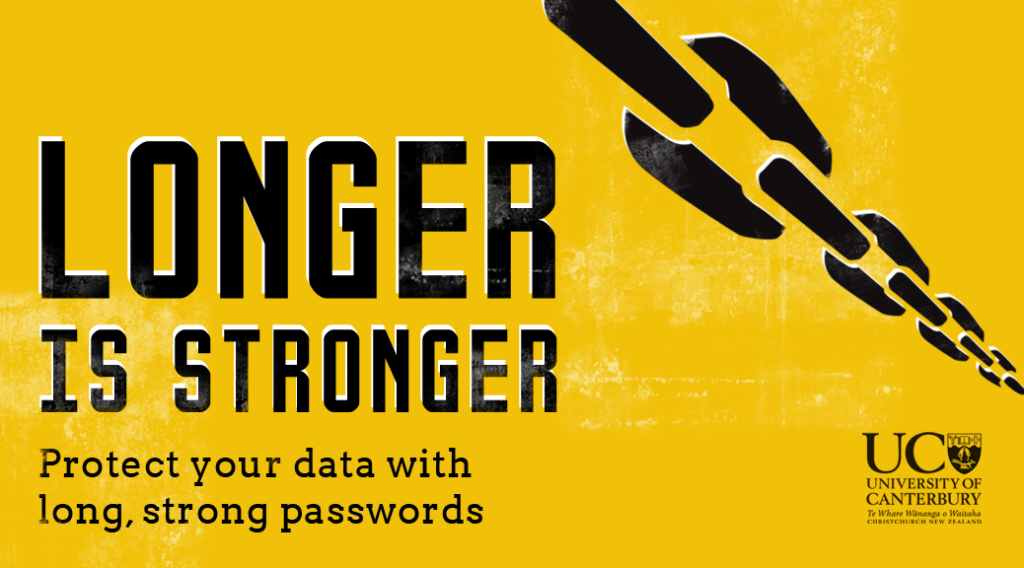The Master of Human Interface Technology (MHIT) program is soliciting applications for our February 2021 intake. The MHIT program is a 12 month degree that includes a 9 month research thesis. We are looking for students from a variety of backgrounds, including but not limited to psychology, design and computers science. Several scholarships are available. Please get in touch with me at christoph.bartneck@canterbury.ac.nz if you are interested in any of the following projects. Continue reading “Master Of Human Interface Technology Projects Available”
Master Of Human Interface Technology Projects Available
Master Thesis Projects Available

